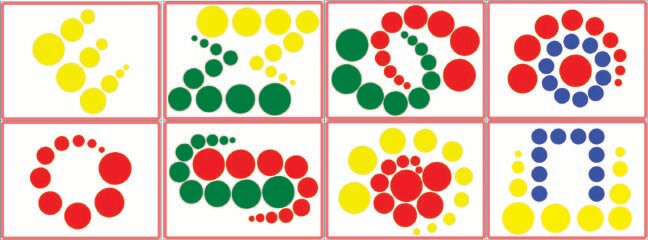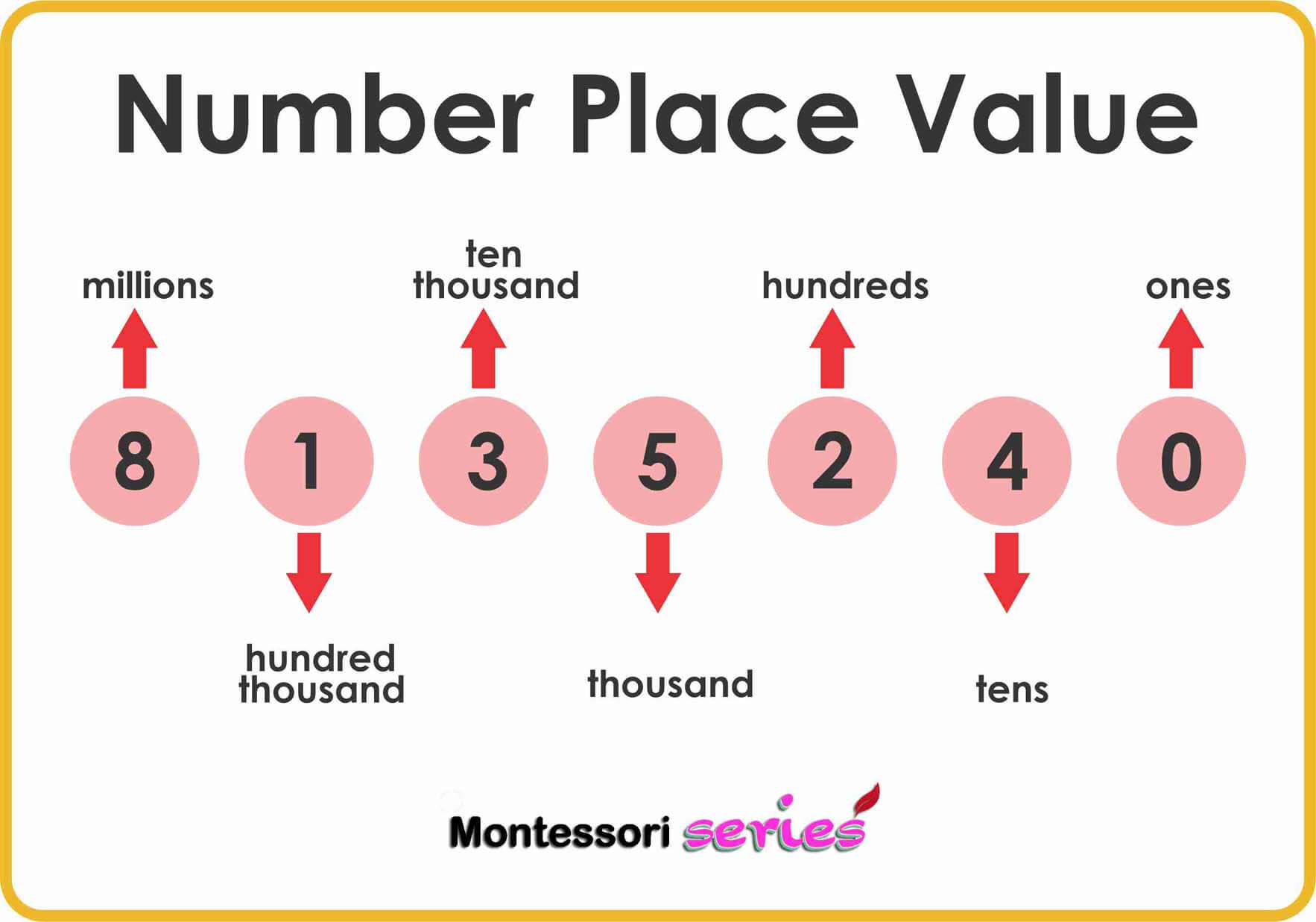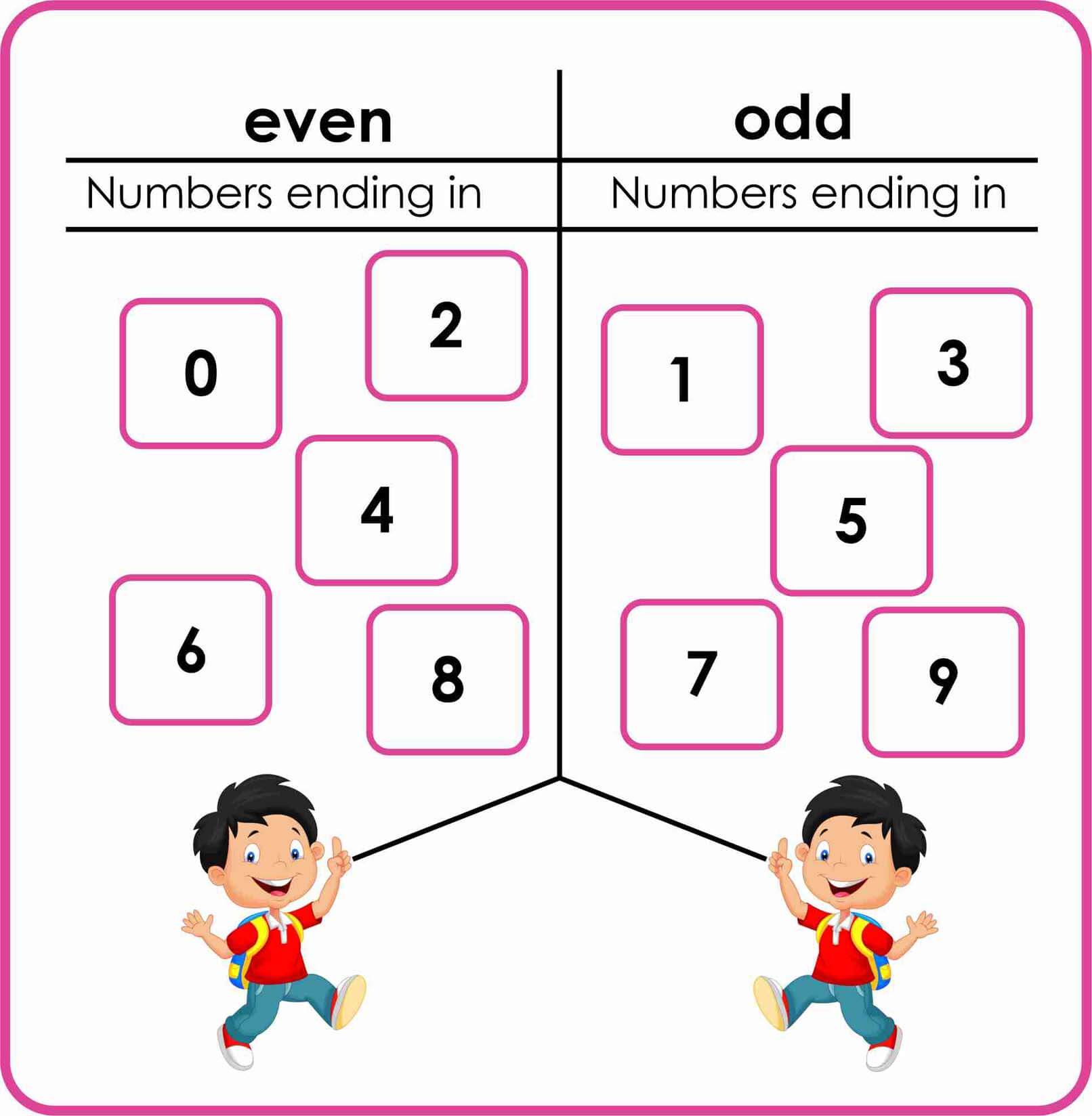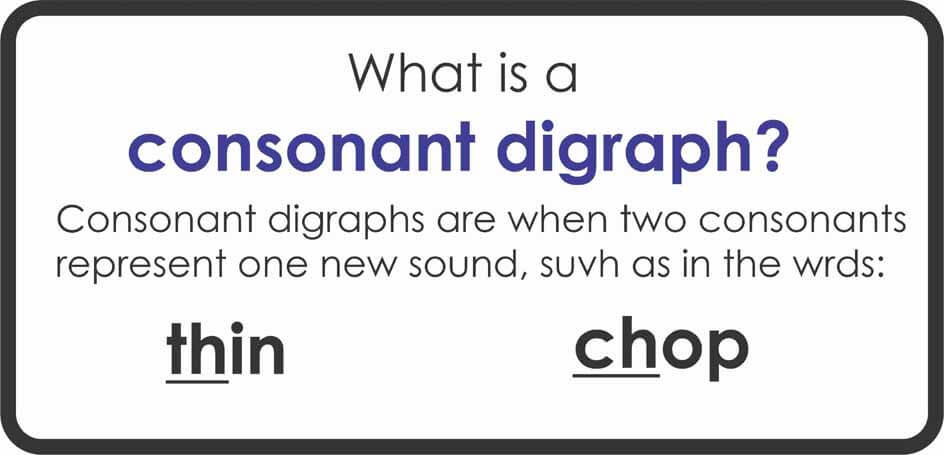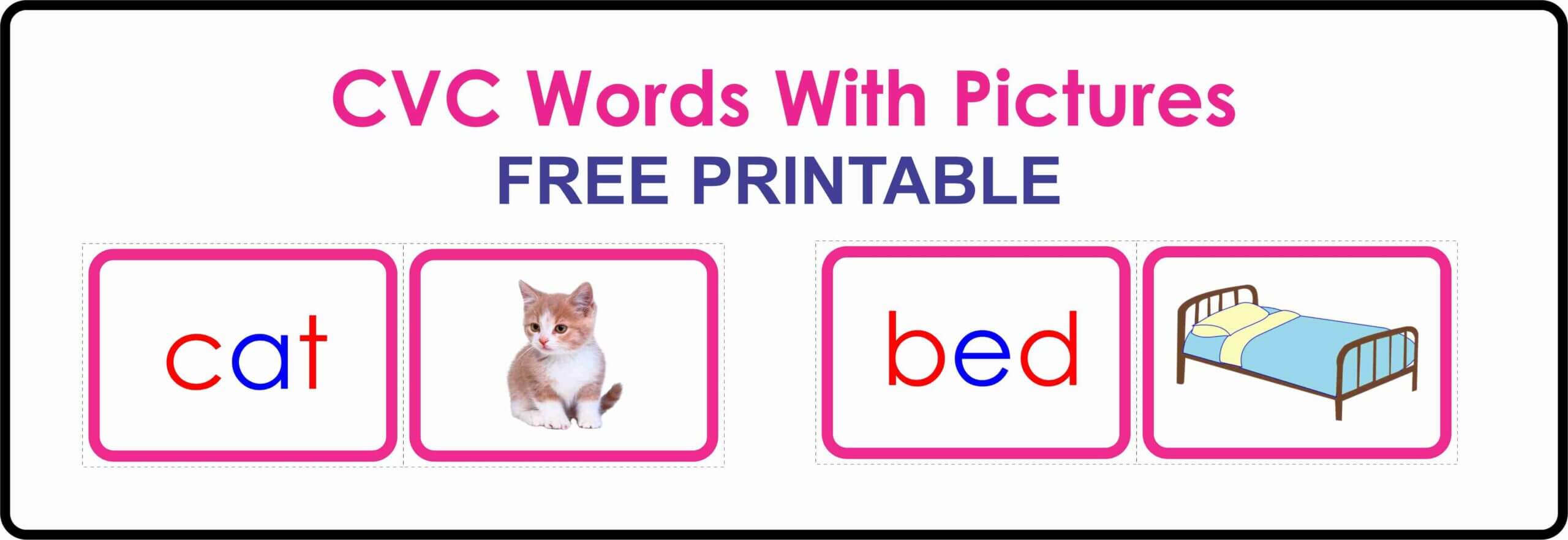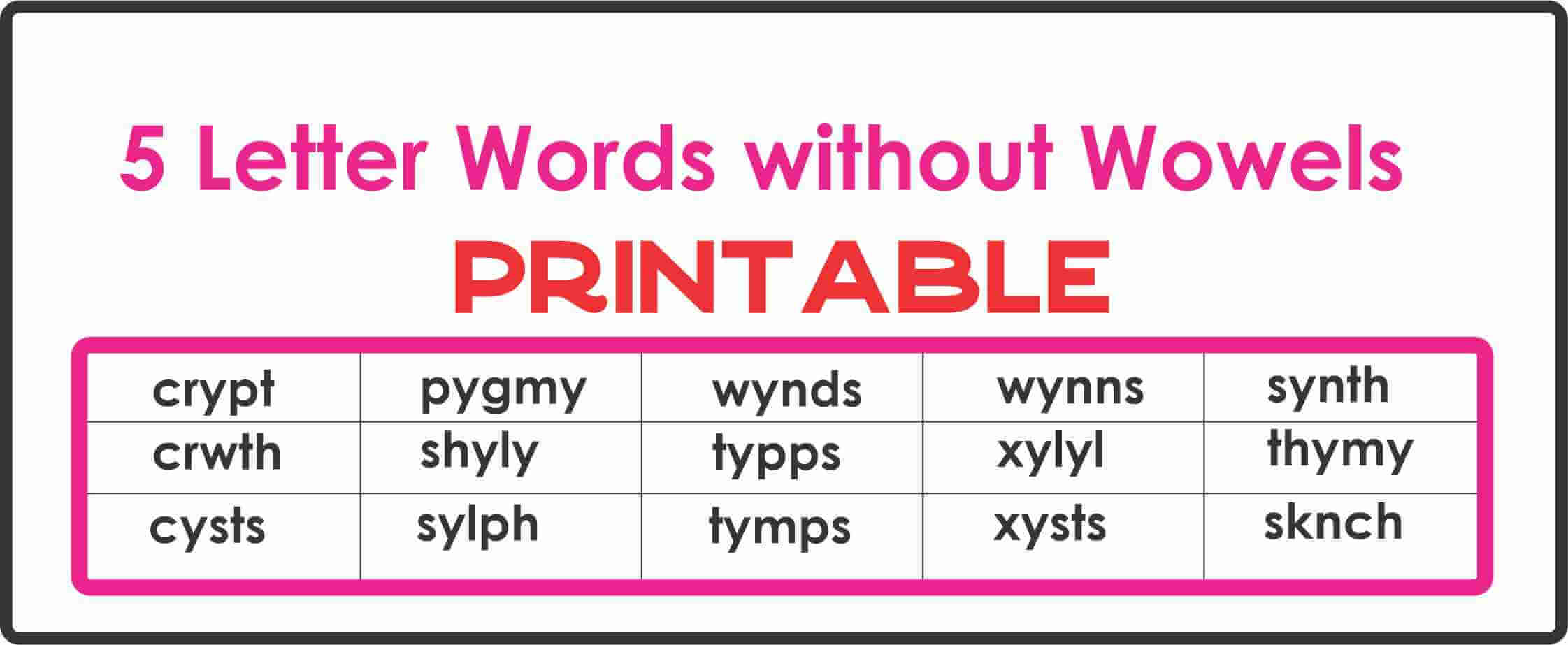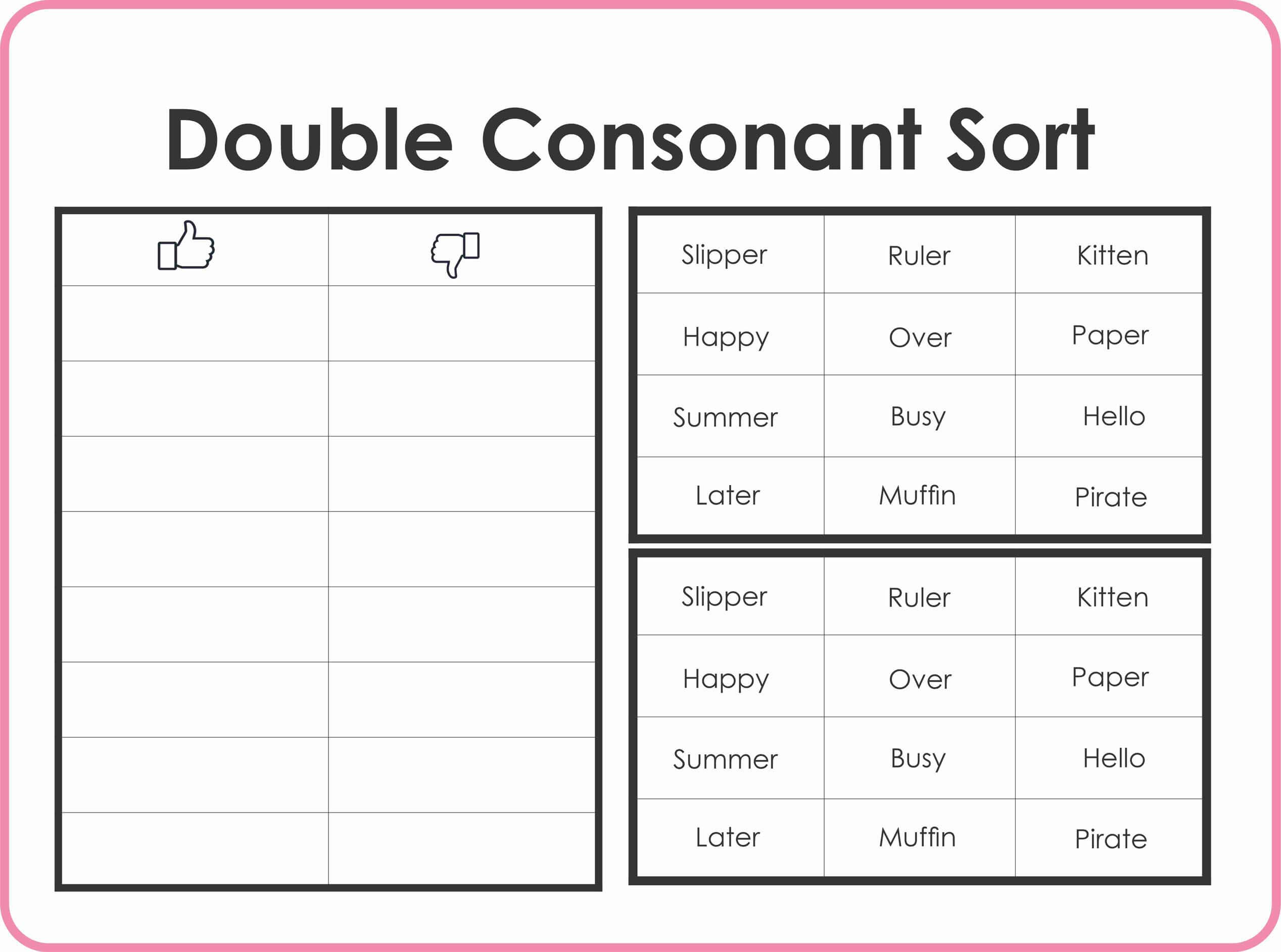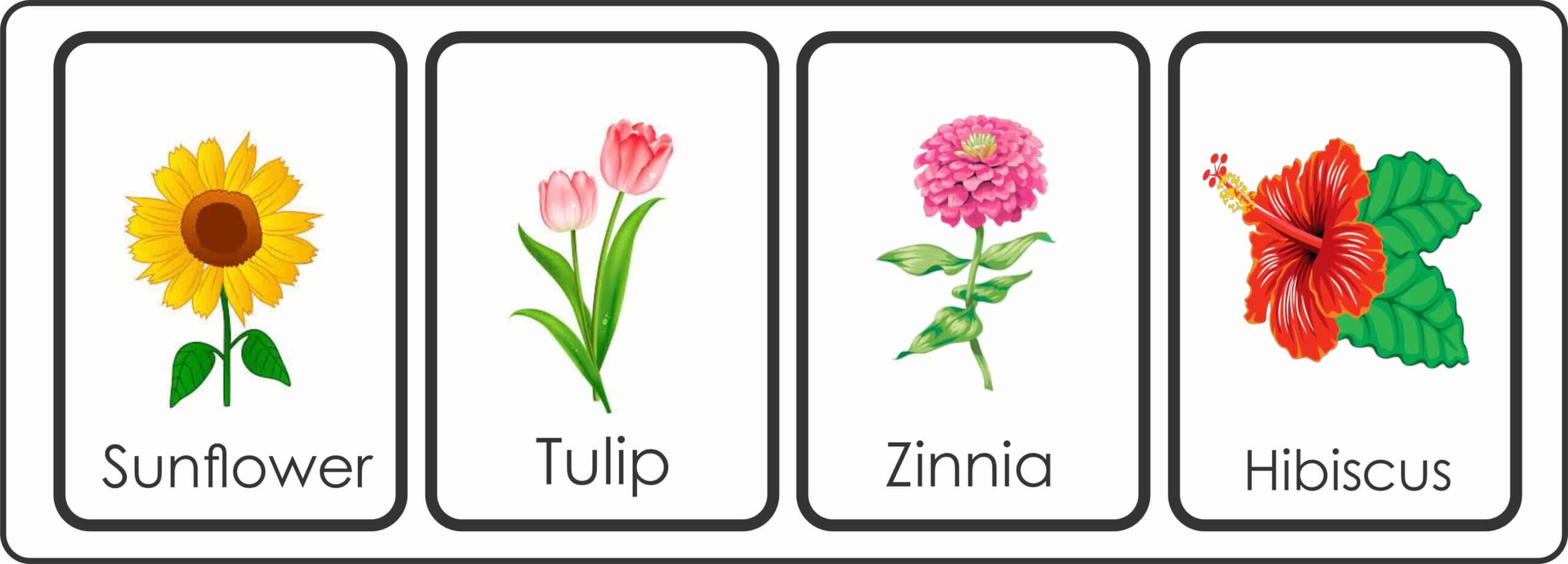Cylinder Blocks Sequence Cards 4 Blocks
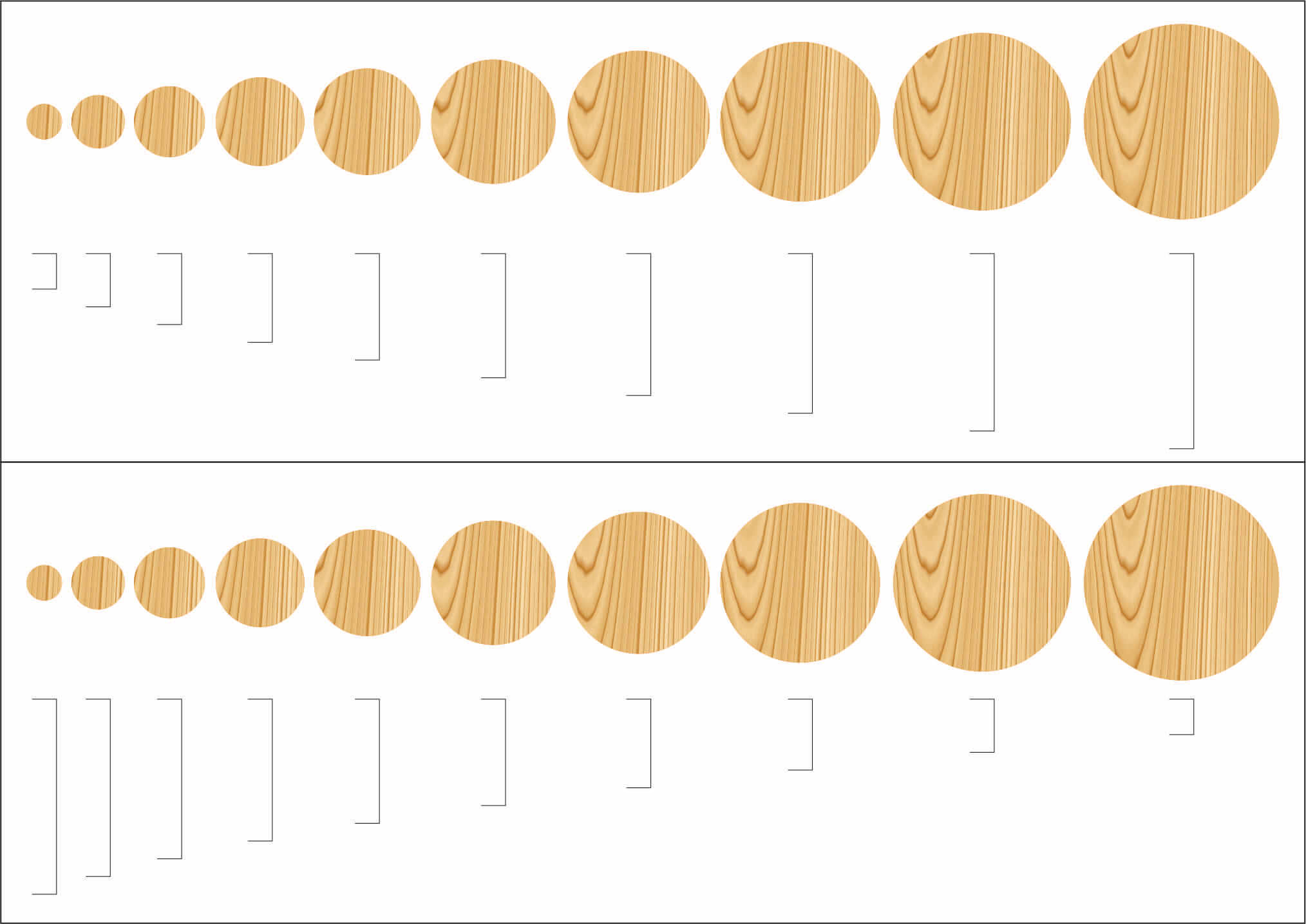
In this post you can download free Cylinder Blocks Sequence Cards. Students can use these cards to lay out the four sets of Montessori knobbed cylinder Blocks. Sized for standard size cylinders. This PDF set includes 4 cards for matching the heights and diameters of the Montessori Knobbed Cylinder Blocks. This Cylinder Blocks activity improves […]
